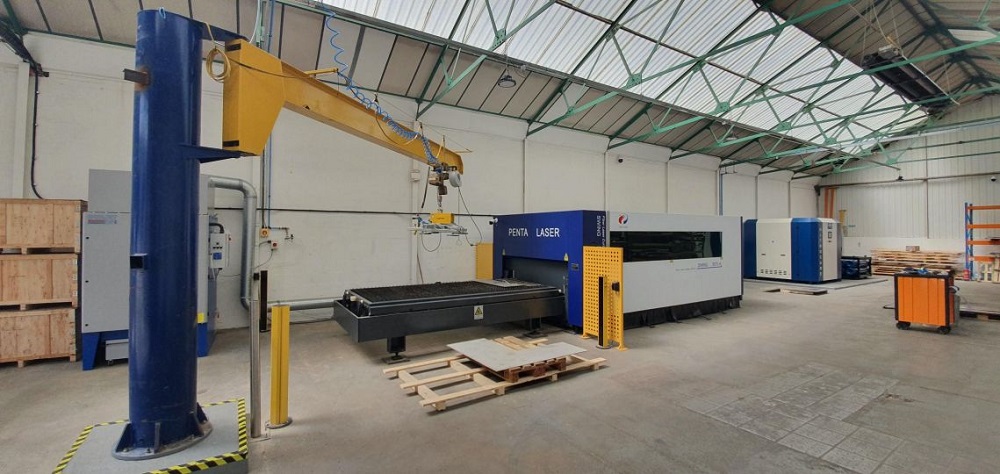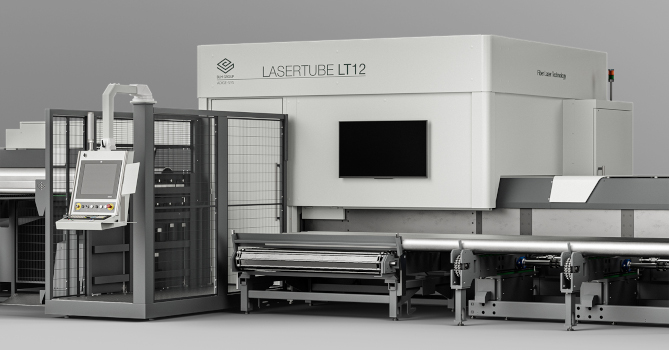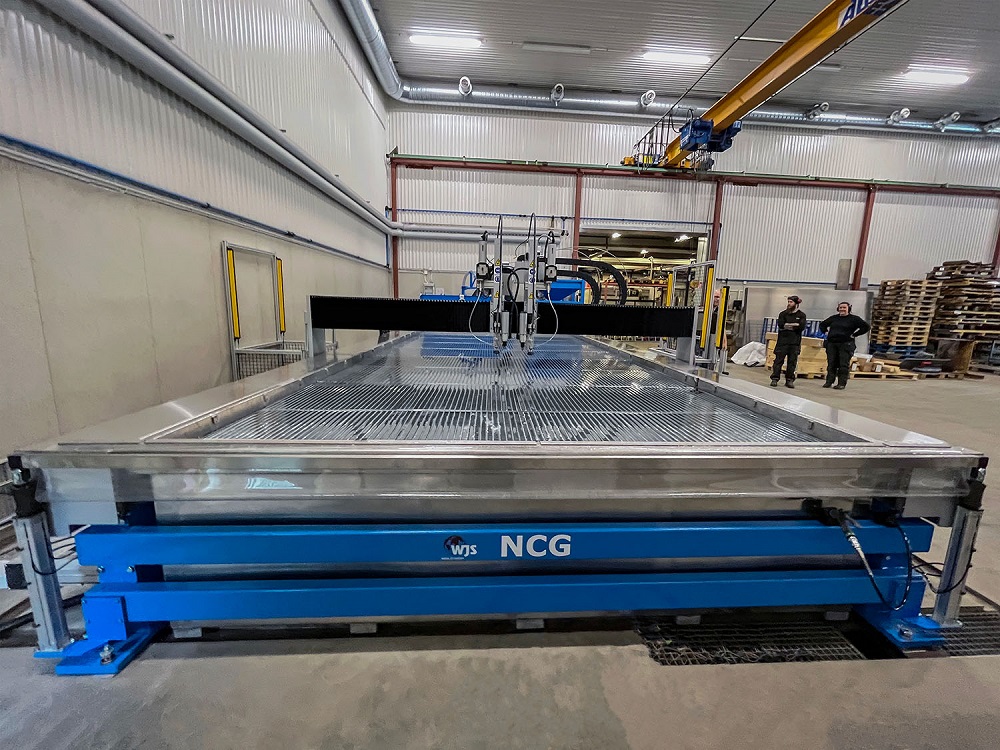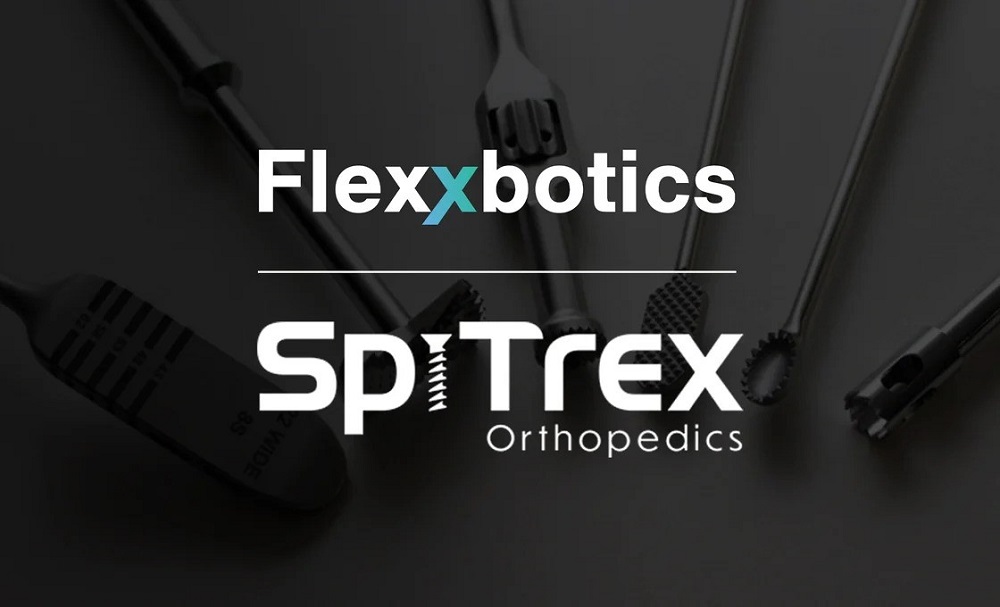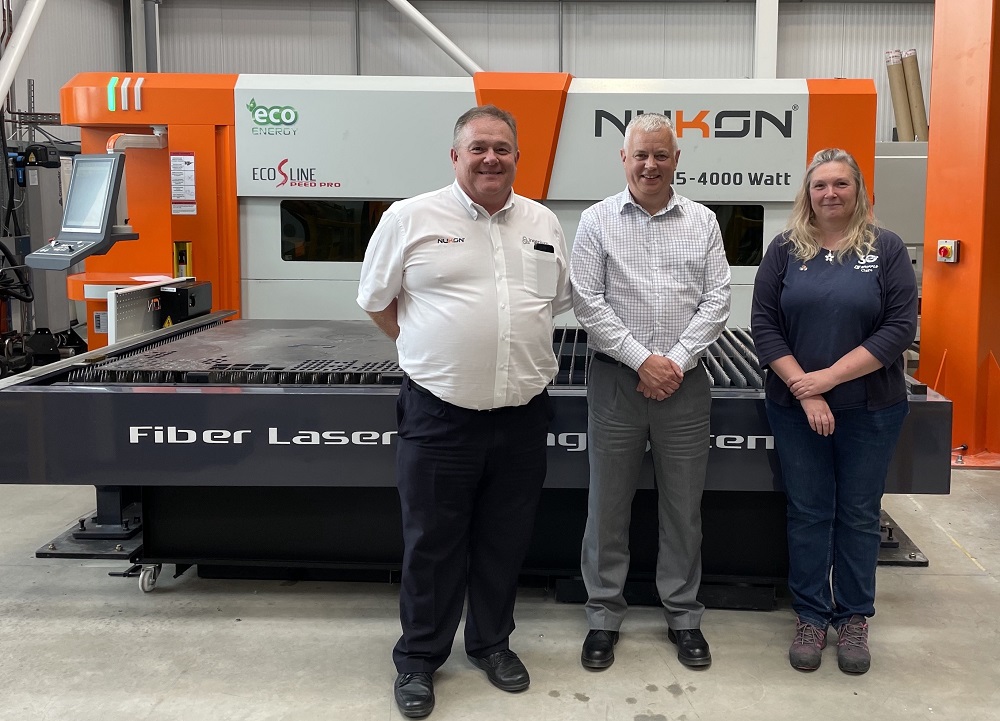Renewable energy technology specialist, Biogas Products of Dudley, has recently taken delivery of a new 4kW fibre laser cutting system from Penta Laser UK, together with an MSS Nitrocube on-site nitrogen generation system.The laser system supplied by Penta UK comprises a Swing 4 kW 3015 fibre laser featuring IPG laser source and Precitec cutting head. The Nitrocube system produces 25ppm purity (99.9975%) nitrogen for the new 4kW laser.
Tony Smith, managing director at Biogas Products, says: “This new Penta laser offers us major efficiency benefits via reduced running costs, increased production speeds and better cut quality compared with the plasma cutting system it replaces. Notably, our cutting quality with the new Nitrocube system is significantly better than using gas cylinder packs.”
He continues:“I’m really pleased with the decision to purchase both the Penta system and the MSS Nitrocube.We received fantastic support so far and we’re fully confident it will continue, allowing us to enjoy the benefits of this important equipment for many years to come.”
Chris Smith at Penta Laser UK adds:“This impressive laser system offers all the functionality, performance and quality that much more expensive fibre laser systems provide. The installation work went very well; with the co-operation of Biogas all work from unloading to training was complete within just a few days.”
The Penta range offers laser power from 2 to 60kW and cutting bed sizes from 3×1.5m to 12×2.5m.Penta Laser UK offer full UK sales and aftersales support, including a huge UK stock of Penta spare parts.
For further information www.pentalaser.co.uk






